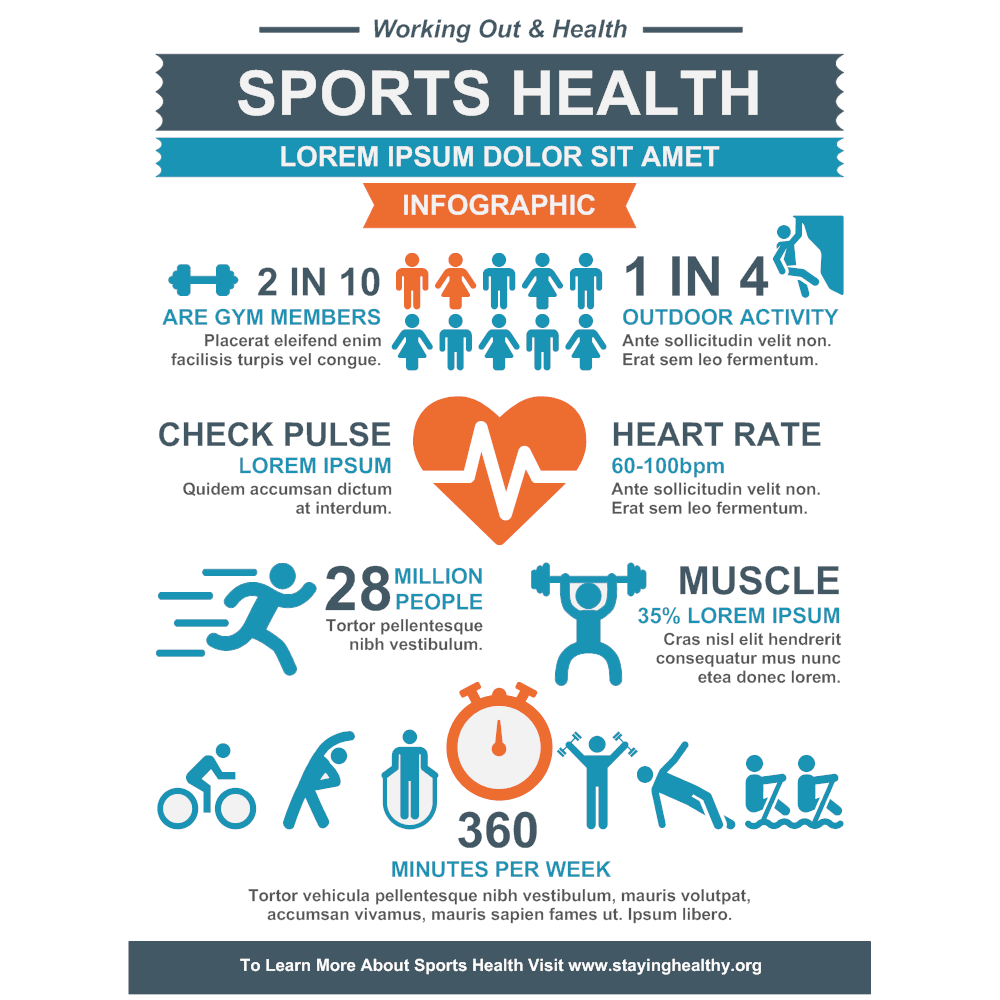A Contrast Of Rheumatoid Arthritis And Osteo Arthritis: Vital Differences Uncovered

Post Writer-Schwarz Blum
When it pertains to arthritis, comparing Rheumatoid arthritis (RA) and Osteoarthritis (OA) is vital for proper administration. You may see that RA is an autoimmune condition, while OA comes from wear and tear. Each condition provides special signs and symptoms and therapy methods. Understanding these differences can significantly influence your quality of life. Interested regarding exactly how these kinds of arthritis might affect you or somebody you understand? Allow's check out the details even more.
Understanding Rheumatoid arthritis
When you consider joint pain, rheumatoid arthritis (RA) may enter your mind as a serious autoimmune condition. It takes place when your immune system mistakenly strikes the lining of your joints, bring about inflammation, discomfort, and swelling.
Unlike osteoarthritis, which typically results from damage, RA can impact several joints symmetrically, implying if one knee harms, the other likely does also. You might notice stiffness, specifically in the morning or after periods of inactivity.
Early medical diagnosis is vital, as RA can cause joint damages if left unattended. Therapy choices commonly include drugs to minimize swelling and subdue the immune system.
Lifestyle changes, physical therapy, and normal exercise can assist take care of symptoms and enhance your lifestyle.
Exploring Osteo arthritis
Osteoarthritis (OA) is the most typical type of arthritis, and it frequently establishes slowly as the cartilage securing your joints wears down gradually.
You might discover stiffness, swelling, or pain in your knees, hips, hands, or spinal column. These signs and symptoms can hinder day-to-day tasks, making it hard to remain energetic.
While age is a substantial risk factor, obesity, previous joint injuries, and genetics can also add to OA.
Unlike rheumatoid arthritis, OA is largely a degenerative joint disease, suggesting it isn't driven by inflammation in your immune system. Instead, it arises from mechanical deterioration.
Acknowledging these aspects can aid you understand your condition and take proactive steps to handle it successfully.
Comparing Signs and Therapies
While both rheumatoid arthritis (RA) and osteoarthritis (OA) impact your joints, their signs and treatments vary significantly.
RA typically triggers swelling, rigidity, and pain in numerous joints, especially in the early morning. You could additionally experience tiredness and high temperature.
In contrast, OA typically impacts weight-bearing joints and leads to pain during motion, with stiffness after periods of lack of exercise.
For https://drive.google.com/file/d/1SGJcYyjZHe2tS9-4prV5ev3d_IofQtg7/view?usp=drive_link , RA commonly calls for disease-modifying antirheumatic medications (DMARDs) or biologics to slow development. You may likewise make use of NSAIDs for pain alleviation.
OA therapy usually concentrates on way of life modifications, physical therapy, or over-the-counter pain relievers. Sometimes, corticosteroid injections or joint substitute surgical procedure could be necessary.
Identifying these differences can assist you manage your problem more effectively.
Conclusion
In summary, while rheumatoid arthritis and osteo arthritis both influence your joints, they have unique reasons and signs. RA is an autoimmune problem creating systemic inflammation and joint discomfort, while OA results from wear and tear on the joints. Understanding Musculoskeletal Ultrasound can help you look for the right therapy and monitoring approaches. Whether it's disease-modifying treatments for RA or lifestyle adjustments for OA, understanding what you're dealing with is vital to enhancing your lifestyle.

